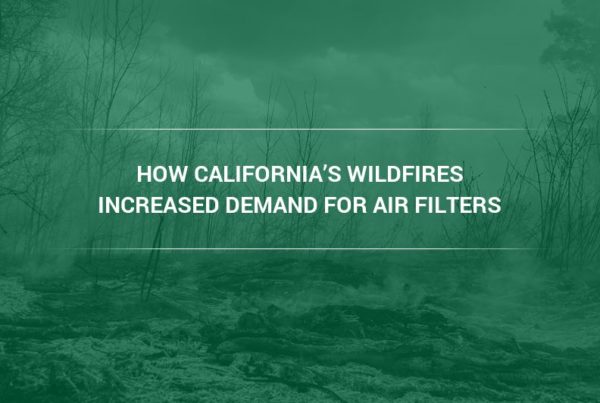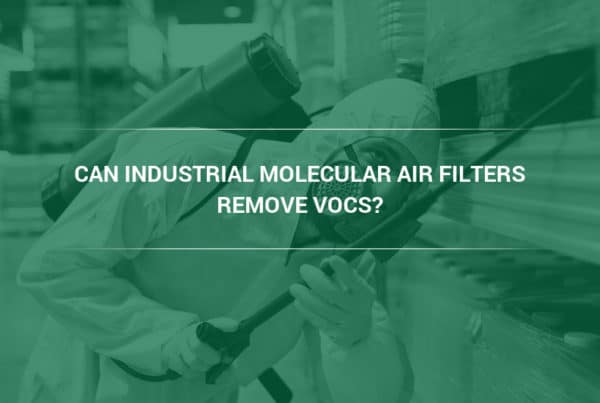Clean air may not traditionally be thought of as a human right, but access to clean air is necessary for a person to live, so it makes sense to start fighting for a human right to clean air.
in this article on the topics of fighting for the human right to clean air, camfil usa air filter leader has taken the initiative to educates on the case of promoting the Human Right to Clean Air.
Air pollution standards have helped prevent thousands of deaths in the years since they have been enacted, but many areas of the world still struggle with promoting clean air. Why is air pollution best thought of as a human right? How can we promote this human right across the globe?
Understanding why air pollution is a human right means understanding how air pollution harms lives and deprives people of their rights to health and happiness. Air pollution is responsible for the deaths of millions of people every year, depriving these individuals of their right to life and making their lives harder while they live them.
“Four key pollutants are responsible for most of the health risks caused by air pollution. These pollutants are particulate matter, ozone, sulfur dioxide and nitrogen dioxide. Particulate matter is a mixture of liquid and solid particles, and constitutes the primary threat to people’s health,” says Kevin Wood, Vice President Sales & Marketing at Camfil USA. “According to the World Health Organization, around 38,000 premature deaths in the UK during 2012 were due to exposure to particulate matter. The smaller the particle, the more damage it can do to a person. These particles can penetrate deep into a person’s lungs and be causing a variety of cardiovascular and respiratory diseases, as well as lung cancer.” (1)
High levels of ozone that occur on sunny days can often cause asthma attacks and problems breathing, even in those who are not especially susceptible to air pollution. Nitrogen dioxide is an odorless and colorless gas, which affects people’s respiratory systems, especially those who have pre-existing conditions such as asthma.
Sulfur dioxide is usually released when fuel sources are burned for power or energy, and it causes eye irritation, breathing difficulties, conditions like chronic bronchitis, and increased mortality in people who have heart conditions.
The Case for a Human Right to Clean Air
The case for a human right to clean air is a difficult yet necessary one to make. Considering how air moves around the globe, air pollution is a problem for every citizen of the world. However, many groups of concerned citizens fighting for environmental justice often face difficulty pushing for policy reforms to combat air pollution. Clean air must be recognized as a human right if substantial improvements in air quality around the globe are to occur.
The World Health Organization estimates that around 4.6 million people every year die from causes which can be directly attributed to air pollution. These causes include asthma, bronchitis, heart and lung diseases, respiratory allergies, and emphysema. These deaths are preventable with air pollution control strategies and technologies currently available. What is lacking is the will to aggressively pursue reductions in emissions.
“A report published in the Seattle Journal of Environmental Law argues that when fighting for clean air is recognized as protecting a human right rather than simply voicing a concern, policies will shift towards respecting these fundamental rights,” explains Wood. “Human rights laws can be used to push government and private sector entities into adopting progressive policies and reducing pollution, as failure to do so would result in shaming by the public. Clean air is seen as a human right establishes a relationship between the public and those fighting for clean air.” (2)
Promoting the Human Right to Clean Air
Strategies for promoting the human right to clean air should include both technological and policy-based solutions. The EPA has stressed a need for both emissions standards based on the performance of current emissions-reducing technologies, as well as the continued development of clean technologies.
“The development of more efficient scrubbers, catalytic reduction devices, low or no VOC paints, and Chlorofluorocarbon (CFC) and hydrochlorofluorocarbons (HCFC)-free cleaning solvents and air-conditioners are all things the clean air act has achieved,” says Wood. “However, advances in these technologies can still go farther, and more efficient scrubbers can still be created.” (3)
One of the best ways to reduce air pollution through technological improvements is the development and widespread adoption of hybrid or electric vehicles. Gas powered vehicles are one of the largest contributors to air pollution, so low or no emission vehicles have the potential to greatly reduce air pollution around the world.
In terms of policies, governments and economic bodies are often hesitant to tackle the issue of air pollution because the costs of addressing the issue are high, even though it has been shown that in the long run tackling the problem of air pollution would save money. This is why the idea of a human right to clean air is so powerful, it can force institutions and government bodies to take the issue of clean air more seriously.
Politicians are responsible for protecting and respecting their constituents and creating a positive framework for the human right to clean air will incentivize them to do so. There will be an obligation to protect clean air and create policies that prevent non-state actors from interfering with the populace’s right to clean air.
It’s important to establish the human right to clean air, and then it to pursue it with a combination of policies and innovation so that people can be protected from the harm of air pollution.
If you want to help promote the human right to clean air, contact Camfil today to learn how you can play your part in providing clean air for your community and the world.
Lynne Laake
Camfil USA Air Filters
T: 888.599.6620,
E: Lynne.Laake@camfil.com
F: Friend Camfil USA on Facebook
T: Follow Camfil USA on Twitter
Y: Watch Camfil Videos on YouTube
SOURCES
http://digitalcommons.law.seattleu.edu/cgi/viewcontent.cgi?article=1058&context=sjel
https://www.epa.gov/clean-air-act-overview/progress-cleaning-air-and-improving-peoples-health#clean



